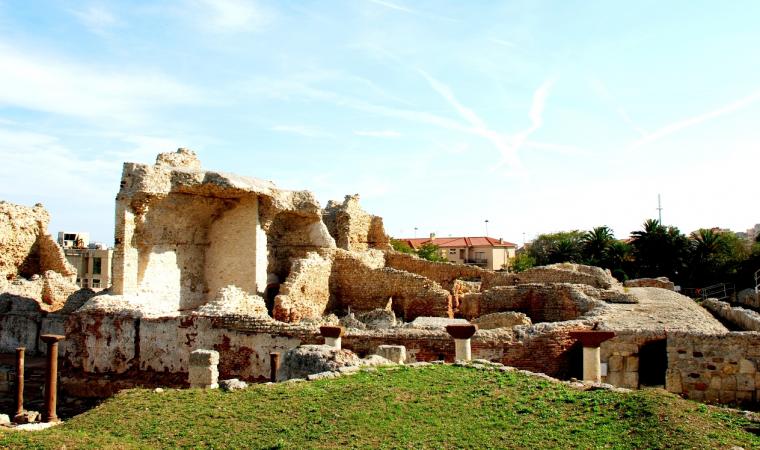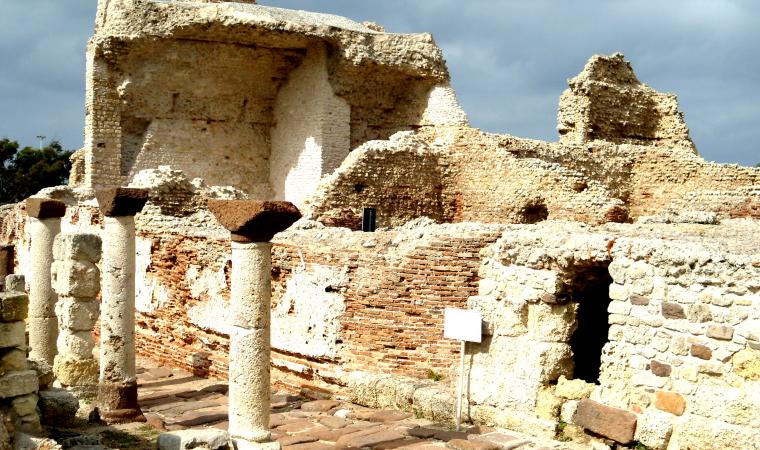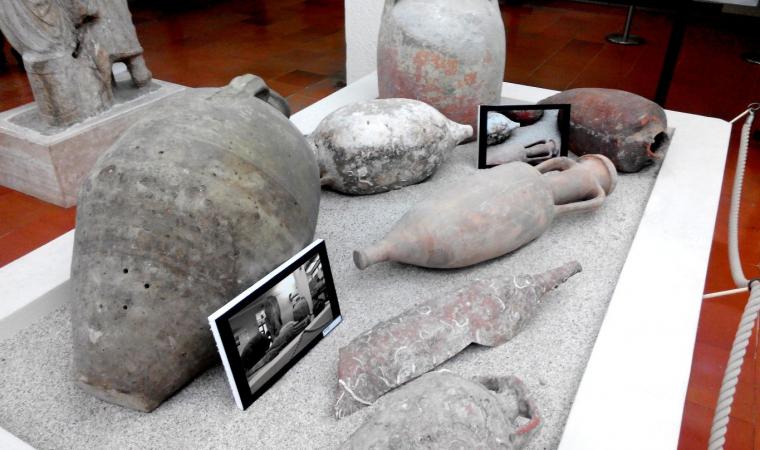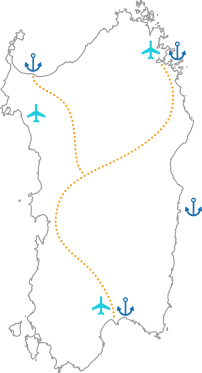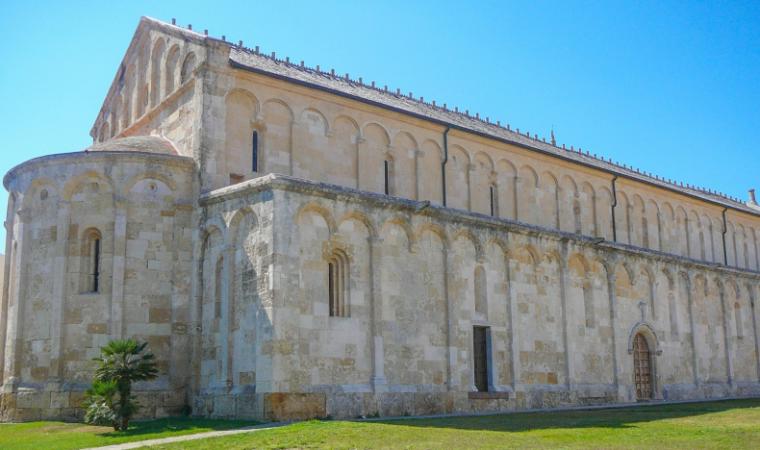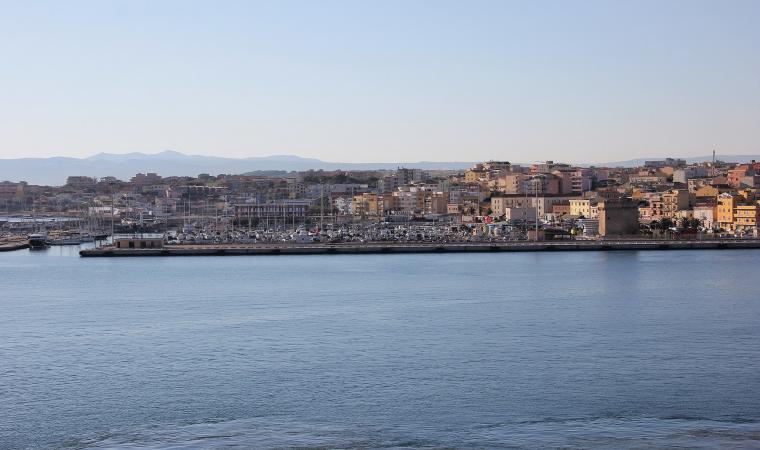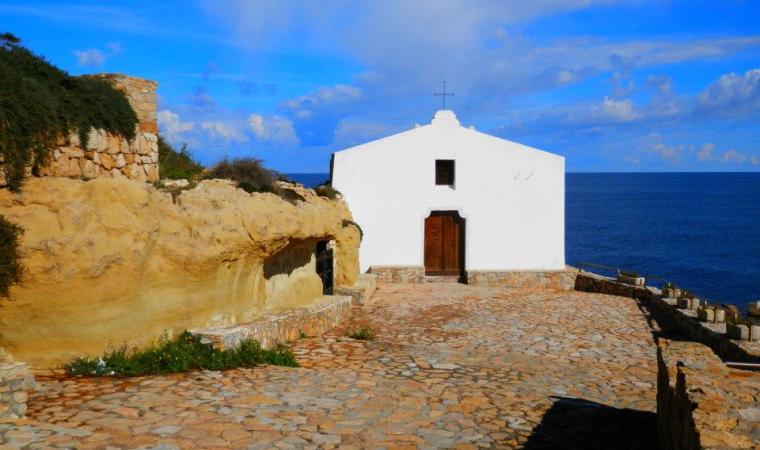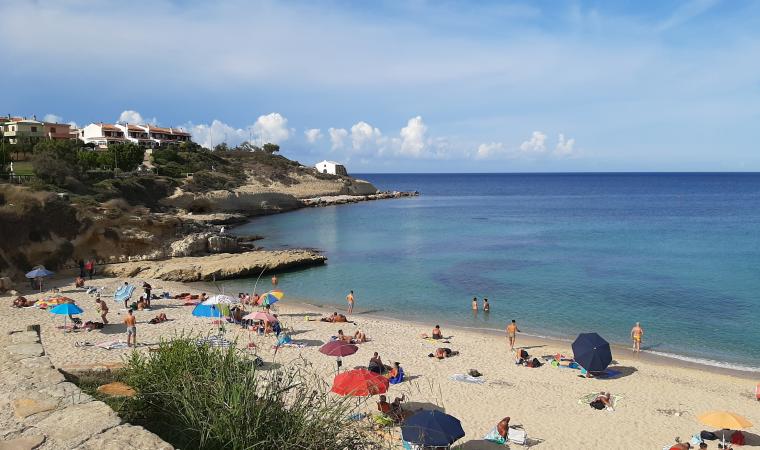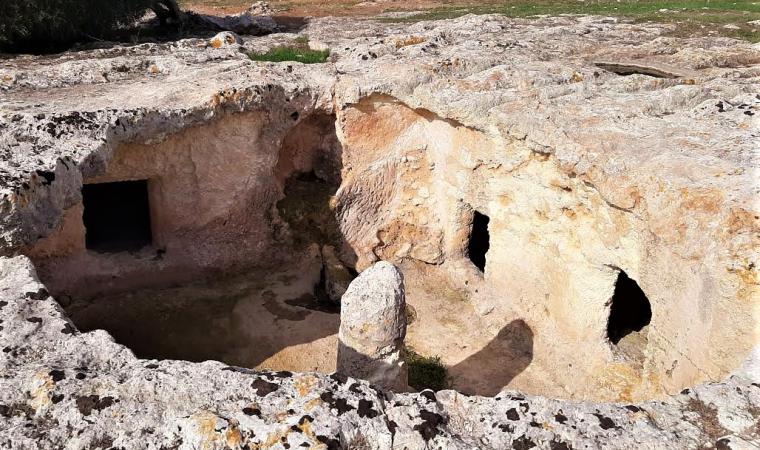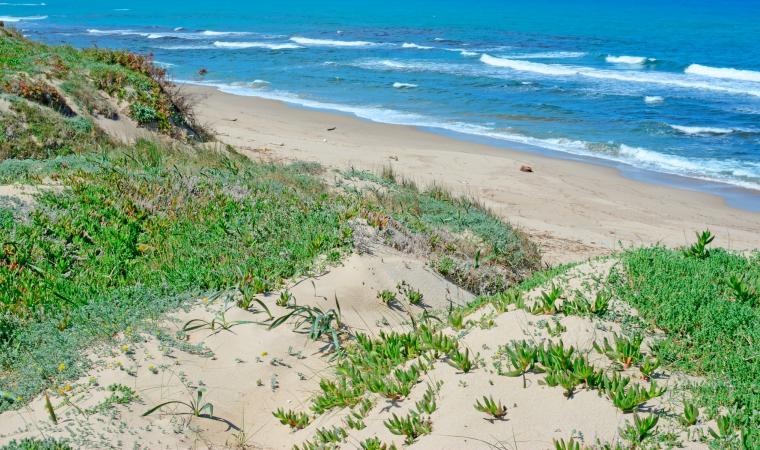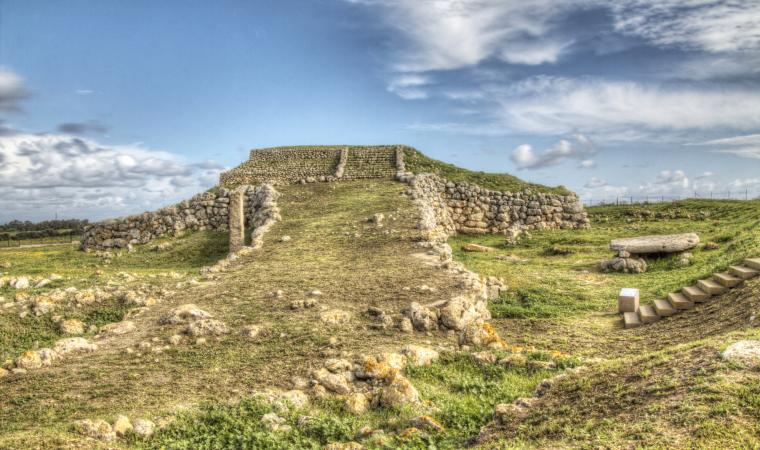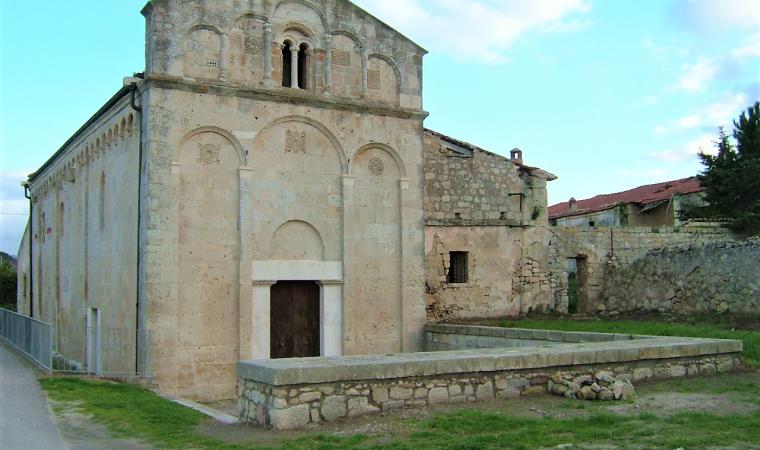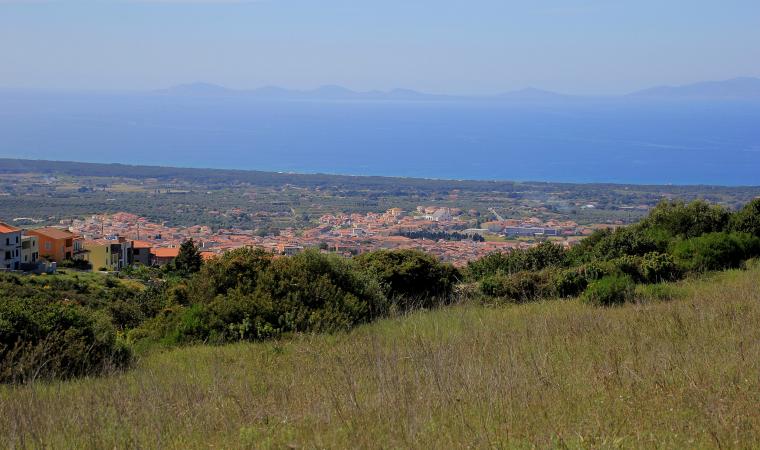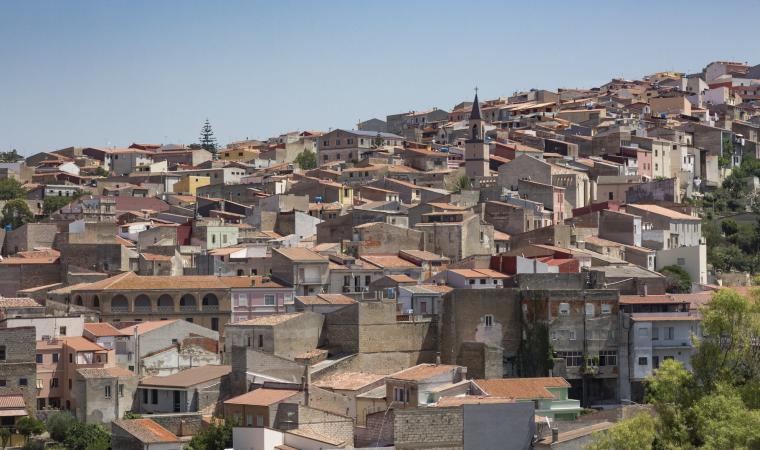The ancient Roman town of Turris Libisonis, located at the mouth of the Rio Mannu rivulet, in the centre of the Gulf of Asinara, was the precursor to the current Porto Torres, which is now, like in the past, a fundamental maritime port in the northwestern part of Sardinia. Ever since prehistoric times, the area, between the current railway station and the course of the river, was a privileged place for dwellings and for its river port: in the beginning, there were nuraghi, followed by urban centres. This had been a Roman colony since the 1st century BC and, of all the estates belonging to the Republic and the Empire, it was the only one inhabited by Roman citizens: it proudly held the name of Iulia, linked to the figure of Julius Cesar or of Augustus.



